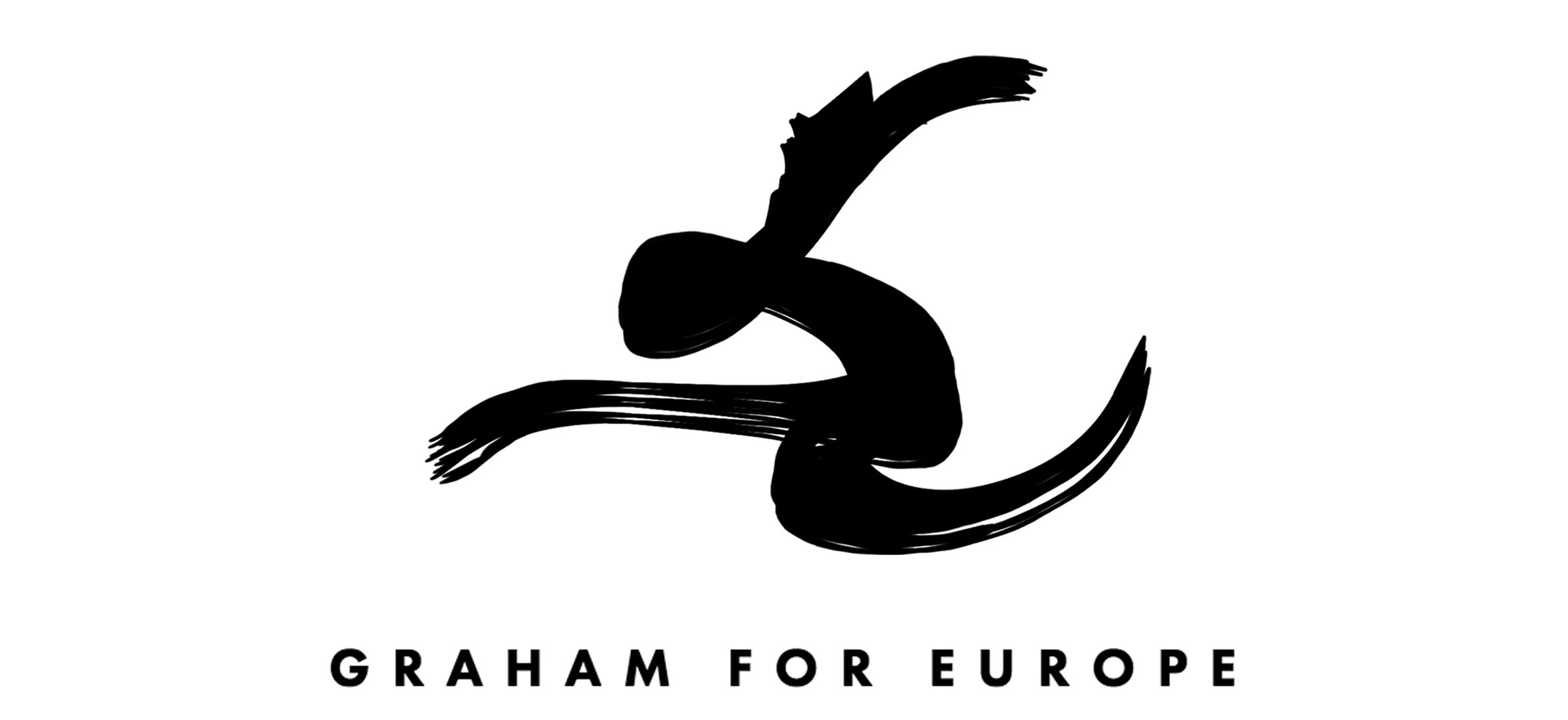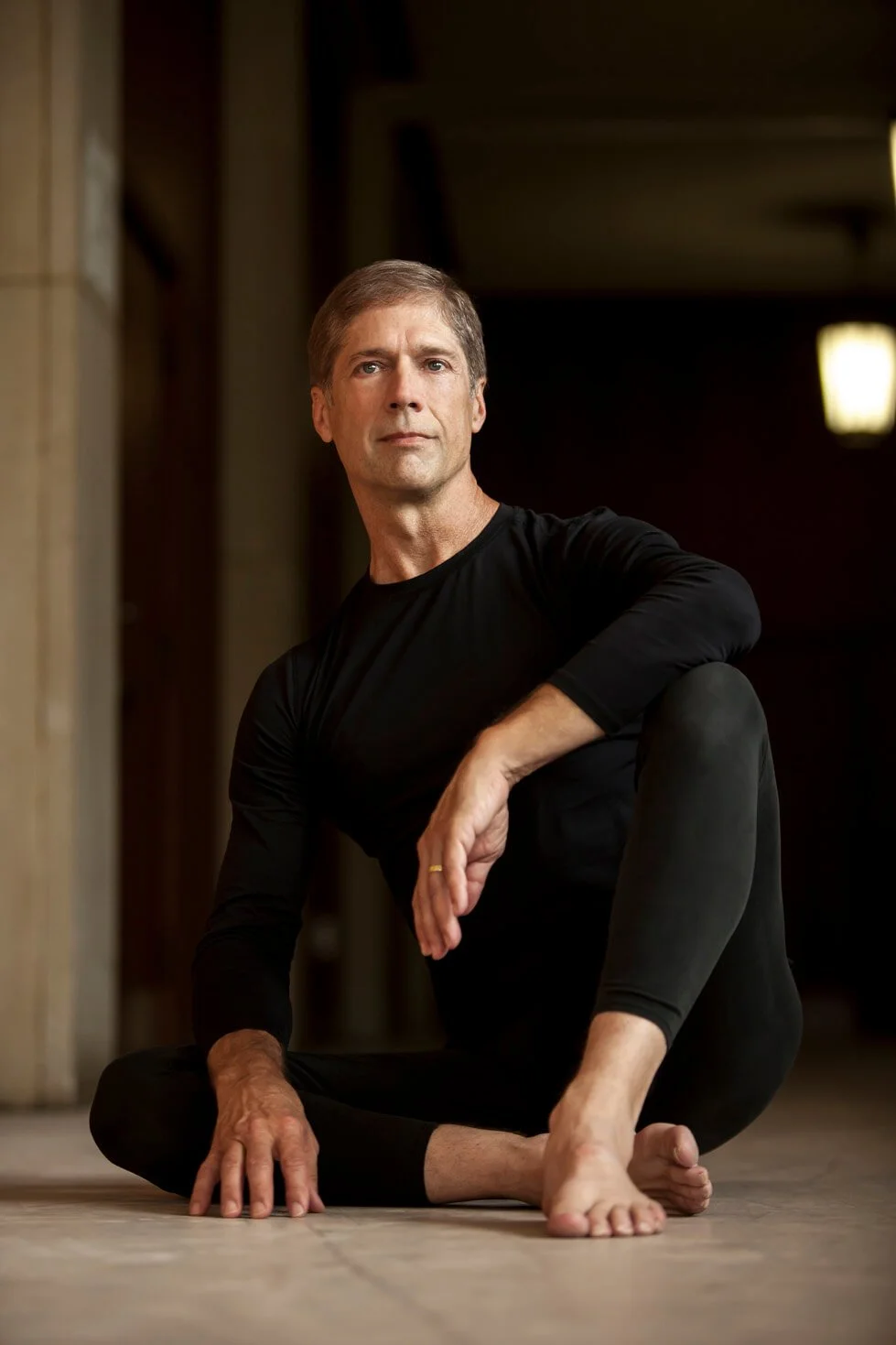Special Graham Master Classes in Paris (May 21 and 23)
🇫🇷 Dans le cadre de la venue exceptionnelle de Christophe Dolder à Paris pour son travail de recherche/documentaire intitulé Martha Graham: Artifact-Architect, il interrogera Rafael Molina, le directeur artistique de Graham For Europe, et filmera sa master class (21 mai). Il nous fera également l’honneur de donner une master class lui-même (23 mai).
🇬🇧 As part of the exceptional visit of Christophe Dolder in Paris for his research/documentary work entitled Martha Graham: Artifact-Architect, he will interview Rafael Molina, Graham For Europe’s artistic director, and film his master class (May 21). He will also give a master class himself (May 23).
Inter-advanced Master Class with Rafael Molina
Tuesday May 21, 5-7pm, Micadanses (Studio Noces)
Inter-advanced Master Class with Christopher Dolder
Thursday May 23, 5-7pm, Micadanses (Studio Noces)
About Christopher Dolder’s research
As a soloist for Martha Graham until her death in 1991, Christopher Dolder represents one of the youngest of the last generation to work with her. When he passes, the stories will become one generation removed from Martha. Will this distancing from the source cause the Martha Graham technique to lose its essence?
His documentary will explore how the Martha Graham technique is taught throughout different parts of the world and will pose two primary questions to participants:
"Do you teach from a more traditional Graham viewpoint or a more progressive one?
"What will be the state of Graham's pedagogy in 10, 20, and 50 years?"
Dolder's research has included traveling to cities throughout Europe, the United States, Mexico, Indonesia, and Japan to film interviews and technique classes in the Graham technique.
BIO Christopher Dolder
Christopher Dolder received an undergraduate degree in dramatic art and dance from the University of California, Berkeley and a Master of Fine Arts in choreography from Mills College with an emphasis in dance kinesiology. A former soloist with the Martha Graham Dance Company, he has spent the last 25 years on a multi-disciplinary journey that has taken him to projects in theater, dance, music, videography, kinesiology, interactive set design and “green” architecture. As an associate professor of dance at SMU Meadows School of the Arts, Dolder teaches all levels of the Martha Graham technique, dance kinesiology and dance composition, and is co-director of the Senior Dance Concert. He conducts research in three-dimensional interactive software for the instruction of dance kinesiology as well as exploring new forms of physical data capture in biomechanics.
Professor Dolder has a long-term research interest in contemporary dance cultures. He is currently in the final editing stage of his documentary The Ecstatic Dance of Burning Man: Permission to Transcend, a seven-year research project filmed in Nevada’s Black Rock Desert, chronicling the emergence and evolution of dance sub-cultures throughout the history of the Burning Man Festival.
Rafael Molina is a French Artist, and Graham technique teacher based in Paris. He is the founder and Artistic Director of 'Graham For Europe', a European network and platform dedicated to the work of Martha Graham. He graduated from Sciences Po Paris (2011) and the Martha Graham School (2014) in New York City, where he performed the Graham repertory with Graham 2.
In 2019, Rafael was funded by the Centre national de la danse for a research project on Graham educational practices. Therefore, he traveled around the globe and interviewed more than 30 Graham technique instructors and Masters about Graham fundamental principles and concepts.
Rafael teaches Graham principles through technique, repertory, and composition in various institutions all over Europe. He believes in a modern and innovative pedagogy. His teaching approach respects individual specificities (bodies, histories, abilities) and encourages autonomy. He creates a safe space for his students to explore their singularities as individuals/artists, in order to unlock possibilities for artistic interpretation.


